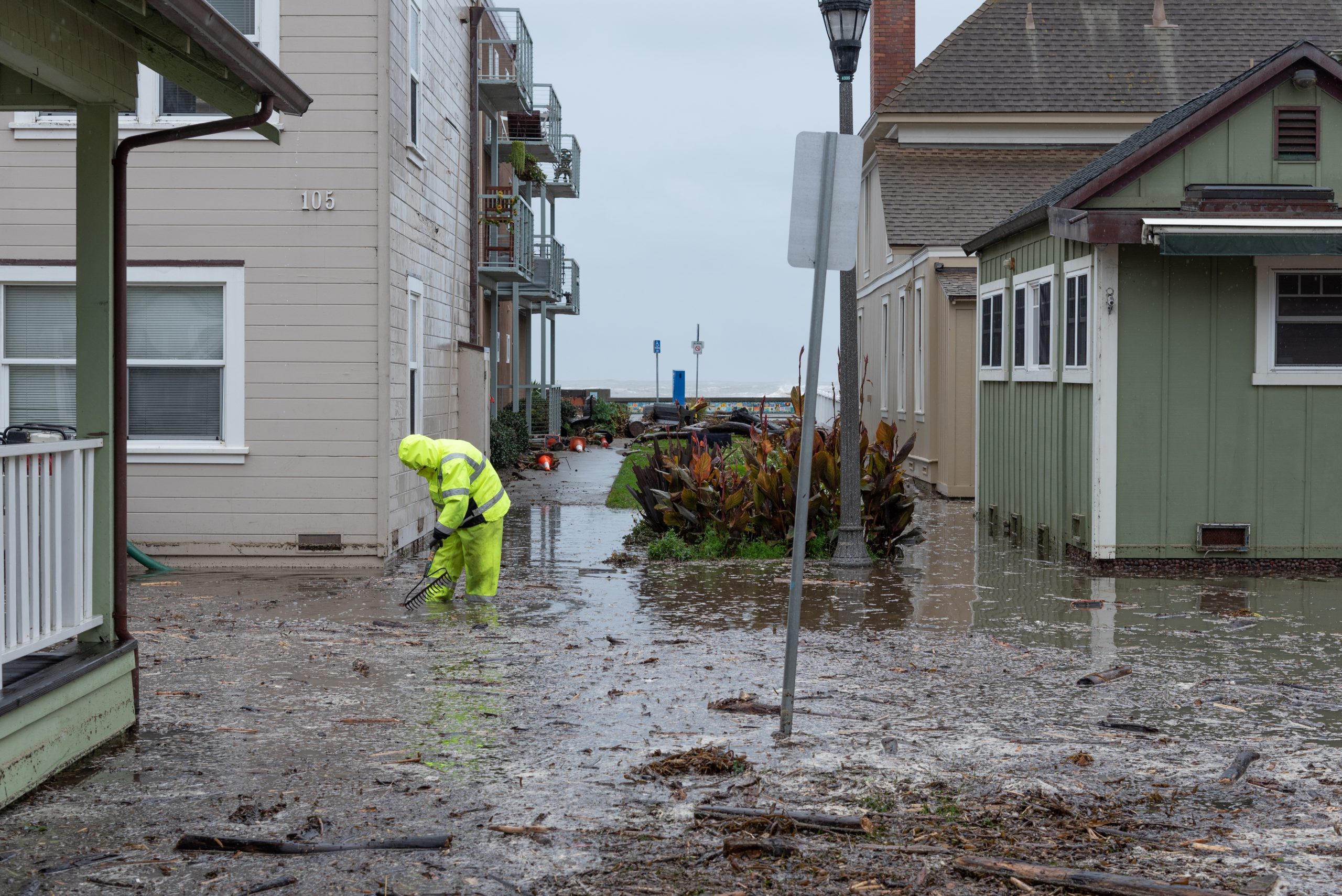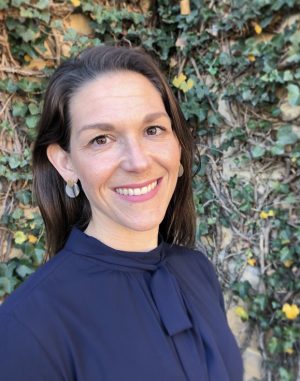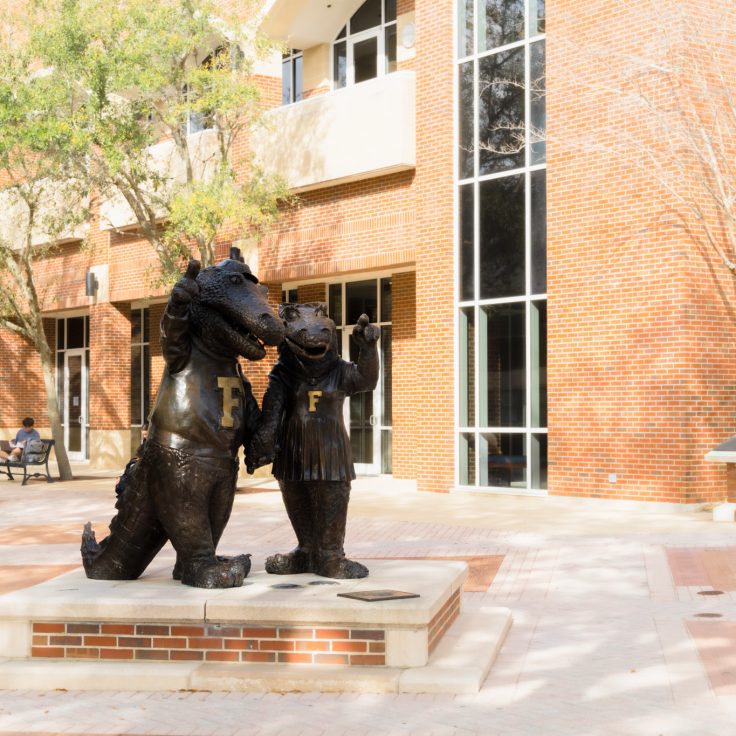
Study reveals compounding risks of atmospheric river storms
As relentless storms cause widespread flooding across California, a study led by researchers from Stanford University and co-authored by University of Florida geographer Katy Serafin sheds light on the driving force behind the torrential downpours: atmospheric rivers.
Analyzing 30 years of weather and economic loss data, the team discovered that when atmospheric rivers occur sequentially, the economic damage more than triples the expected losses compared to standalone events. These findings surpass initial expectations, showing the negative impacts of consecutive atmospheric river occurrences.
These elongated regions, often described as ‘rivers in the sky,’ are responsible for transporting a large portion of water vapor outside the tropics. Their strength varies, with the average river carrying water vapor roughly equivalent to the flow at the mouth of the Mississippi River. In extreme cases, they can transport up to 15 times that quantity. Upon landfall, they release moisture as rain or snow.
While atmospheric rivers contribute approximately half of California’s annual precipitation and replenish the state’s snowpack, they can also be associated with extreme events that lead to catastrophic damage.
The study, published Jan. 19 in Science Advances, highlights atmospheric rivers’ crucial role in providing up to half the region’s annual water while emphasizing the challenge of managing substantial water delivery in short time spans.
“When it rains, it can take a while for that rain to move through a watershed naturally, and in many places, we also trap water in reservoirs for use during dry conditions for irrigation and other purposes,” Serafin said. “Emergency and water managers are constantly balancing flood risks with water shortage needs, especially in states like California where you move between exceptionally dry and exceptionally wet years.”

Serafin, now an assistant professor in the Department of Geography, mentored lead author Corinne Bowers while a postdoctoral researcher at Stanford. She continued as an advisor throughout Bowers’ completion of her PhD last year. Together with co-author Jack Baker, they aimed to better understand a correlation in previous studies: Stronger atmospheric river events (rated on a scale of 1 to 5) led to higher economic losses in California.
The researchers noted a significant trend in median flood losses but emphasized a wide range around each median. “For example, prior research found that a category 3 or 4 event could produce losses between $10,000 to over $1 billion across the state,” Serafin said. “A category 5 event could produce losses between about $5 million to over $1 billion.”
Based on anecdotal evidence and recent events, the team hypothesized that consecutive atmospheric river events might be more damaging than isolated, single events — contrary to the traditional categorization of losses.
“We’re generally really worried about individual large events that cause hazards and how these events might change in the future – this applies not only to atmospheric rivers but also to hurricanes, which maybe we’re a little more familiar with here in Florida,” Serafin said.
She recalls the exacerbating impacts felt across the state in the 2022 hurricane season, when Hurricanes Ian and Nicole packed a double punch to coastlines within six weeks of each other, causing major dune erosion and widespread structural damage.
She cautions that while compounding weather events is a hot topic right now, and a lot of research has examined clusters of events and their formation, there is less focus on demonstrating the overall impacts of these events.
“Our results further add to the necessity of viewing flood risks from atmospheric rivers in a broad lens,” she said, “taking into account what has happened over the past few weeks to months with current forecasts and predictions.”
The researchers hope their findings can provide a new perspective to help the broader public better prepare for flood risks by clearly communicating the compound nature of these risks.
“Our work really shows that we need to consider the likelihood for multiple, back-to-back events for predicting damages, because damage from multiple events could be far worse than from one event alone,” Serafin said.
Read more about the study here.


